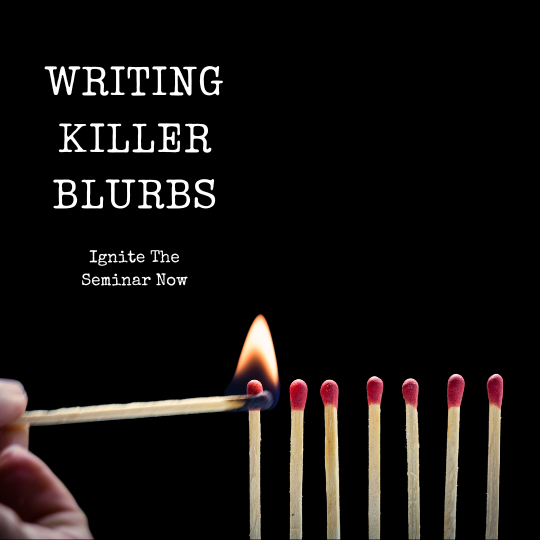Paul Whybrow
Full Member
I’m currently reading Jane Gardam’s Old Filth. I saw it mentioned as a favourite novel by several authors when interviewed, so decided to try it.
Skilfully written, it has stylistic flourishes that have taken me by surprise, including economic prose, time leaps and describing endemic abuse in a witty way. Two-thirds of the way through my 2013 Abacus paperback edition, the author begins Part Two with only 86 pages to go. It comes at a time when the titular character known as Old Filth has been widowed, so makes sense.
I wondered about how other writers use parts to divide their stories. In my own books, I’ve used chapters and scene breaks but have never divided a story into parts.
It makes sense to do so, if the narrative spans centuries, as with Annie Proulx’s Barkskins, which traces the history of an American logging dynasty over 300 years in 736 pages. Each part contains many chapters.
Organising a long story into parts makes it more coherent if it’s episodic or contains extended story arcs. Russell Banks’ novel The Sweet Hereafter is divided into sections or parts with four narrators describing their version of a school bus accident that killed fourteen students.
Stephen King divided his thriller Mister Mercedes into parts for different characters and phases of the story, but it’s unusual for Crime genre novels to have parts. One notable exception is John Connolly whose Charlie Parker series I’m a huge fan of, but the last story A Book Of Bones ran for a bloated 13 parts containing 138 chapters over 688 pages. If you’re a best-selling novelist the editor doesn’t get a look-in!
Do you use Parts to organise your story?

Skilfully written, it has stylistic flourishes that have taken me by surprise, including economic prose, time leaps and describing endemic abuse in a witty way. Two-thirds of the way through my 2013 Abacus paperback edition, the author begins Part Two with only 86 pages to go. It comes at a time when the titular character known as Old Filth has been widowed, so makes sense.
I wondered about how other writers use parts to divide their stories. In my own books, I’ve used chapters and scene breaks but have never divided a story into parts.
It makes sense to do so, if the narrative spans centuries, as with Annie Proulx’s Barkskins, which traces the history of an American logging dynasty over 300 years in 736 pages. Each part contains many chapters.
Organising a long story into parts makes it more coherent if it’s episodic or contains extended story arcs. Russell Banks’ novel The Sweet Hereafter is divided into sections or parts with four narrators describing their version of a school bus accident that killed fourteen students.
Stephen King divided his thriller Mister Mercedes into parts for different characters and phases of the story, but it’s unusual for Crime genre novels to have parts. One notable exception is John Connolly whose Charlie Parker series I’m a huge fan of, but the last story A Book Of Bones ran for a bloated 13 parts containing 138 chapters over 688 pages. If you’re a best-selling novelist the editor doesn’t get a look-in!
Do you use Parts to organise your story?




